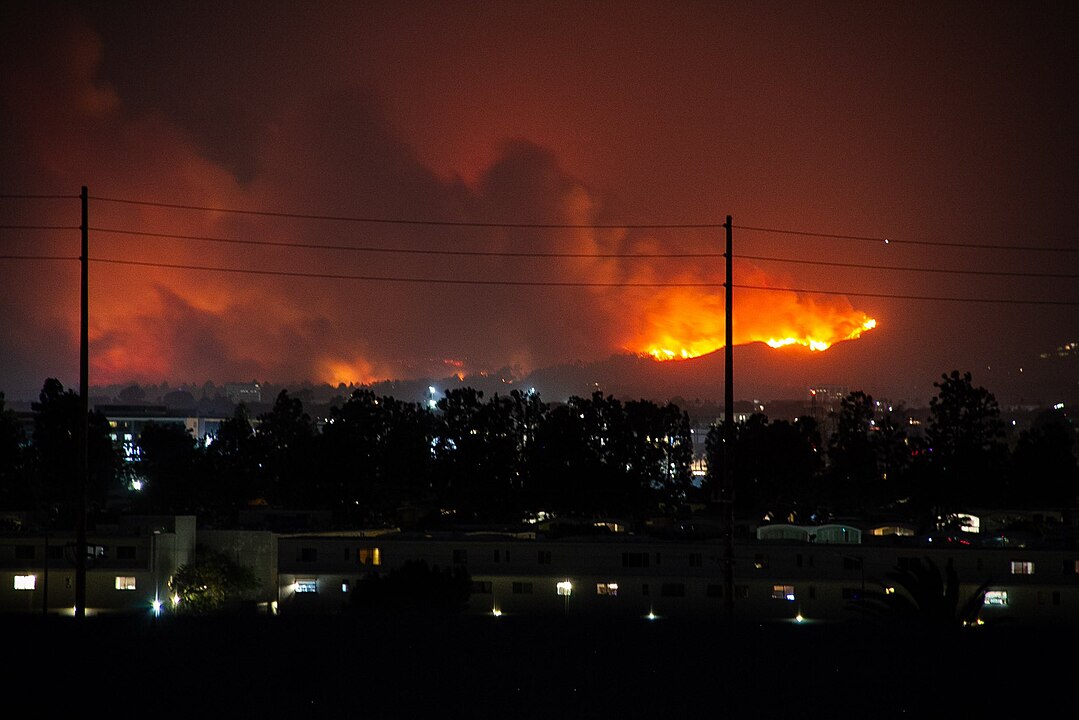Temperatures were above normal across Georgia in March. Rainfall was highly variable, from a very wet month in Atlanta to dry conditions in southeastern Georgia.
In Atlanta, the monthly average temperature was 55.8 degrees F (1.5 degrees above normal), in Athens 54.7 degrees (1.2 degrees above normal), Columbus 60.3 degrees (2.7 degrees above normal), Macon 57.5 degrees (1.3 degrees above normal), Savannah 60.9 degrees (1.6 degrees above normal), Brunswick 64.2 degrees (3.8 degrees above normal), Alma 61.5 degrees (0.3 degree above normal), Valdosta 63.5 degrees (3.7 degrees above normal) and Augusta 57.8 degrees (2 degrees above normal).
High temperatures
Record daily high temperatures were set at Alma March 19 and March 22, with new maximum temperatures of 90 degrees and 88 degrees, respectively. These beat the old records of 88 degrees set in 1963 and 86 degrees set in 1991.
Brunswick set record-high temperatures March 22, 23, 24 and 27. Augusta set a new record of 90 degrees March 19, breaking the old record of 84 set on that day in 1997. Columbus and Savannah also tied record daily highs during the month.
The warm conditions caused earlier-than-normal greening of vegetation across the state, according to the National Weather Service. This leads to increased use of soil moisture by thirsty plants and reductions in runoff to the effect of leaf cover.
Abundant rain and a few forest fires
Precipitation in March varied quite a bit. The wettest areas were in the northern and western regions. The driest area was the southeastern corner of the state, where five counties reported forest fires associated with the lack of rainfall and severe drought conditions.
The highest monthly total precipitation from National Weather Service reporting stations was 9.06 inches in Atlanta (3.68 inches above normal). The lowest was in Brunswick at 1.73 inches (2.20 inches below normal). Valdosta received 5.50 inches (0.07 inch above normal), Athens 6.65 inches (1.66 inches above normal), Alma 4.57 inches (0.23 inch below normal), Columbus 5.30 inches (0.45 inch below normal), Macon 4.03 inches (0.87 inch below normal), Savannah 4.44 inches (0.80 inch above normal) and Augusta 5.01 inches (0.53 inch above normal). This was the ninth wettest March in Atlanta since records began at the airport in 1940.
Columbus reported a new daily rainfall record of 1.44 inches March 9, breaking the old record of 1.43 inches set that date in 1978. Alma reported a new record of 2.19 inches March 30, breaking the old record of 1.98 inches set that date in 1991.
Dillard gets most daily rainfall
The highest single-day rainfall from Community Collaborative Rain, Hail and Snow Network stations was 4.44 inches north-northwest of Dillard in Rabun County March 6. Two observers in Rabun Gap nearby reported 4.37 and 4.19 inches on the same day. An observer on Tybee Island observed 4.18 inches March 28. The highest monthly total of 15.81 inches was measured by the Dillard observer who also had the highest daily rainfall. Thirty other CoCoRaHS observers in Georgia reported 10 or more inches of total precipitation this month.
Severe weather was reported on seven days in March. A weak tornado was reported March 9 near Doerun in Colquitt County. Hail was observed in northern Georgia March 19. Strong winds and small hail were reported on several other days in scattered locations across Georgia.
A couple of tornadoes and a huge hailstone
The biggest outbreak of severe weather came March 26-27. The National Weather Service Storm Prediction Center had 8 reports of EF0 and EF1 tornadoes across Georgia, including one that crossed Lake Blackshear in Sumter County and one that was observed at the Middle Georgia Regional Airport in Houston County. During the outbreak, large, damaging hail was reported in many locations, including a 4.25-inch hailstone reported in Coweta County, a record hailstone for Georgia in March.
Despite concerns about potential frost damage due to early blooming of fruit trees and scattered frost reports in northern Georgia this month, no significant losses have been reported this year so far. However, the danger of killing frost, particularly in northern Georgia, continues well into April.








